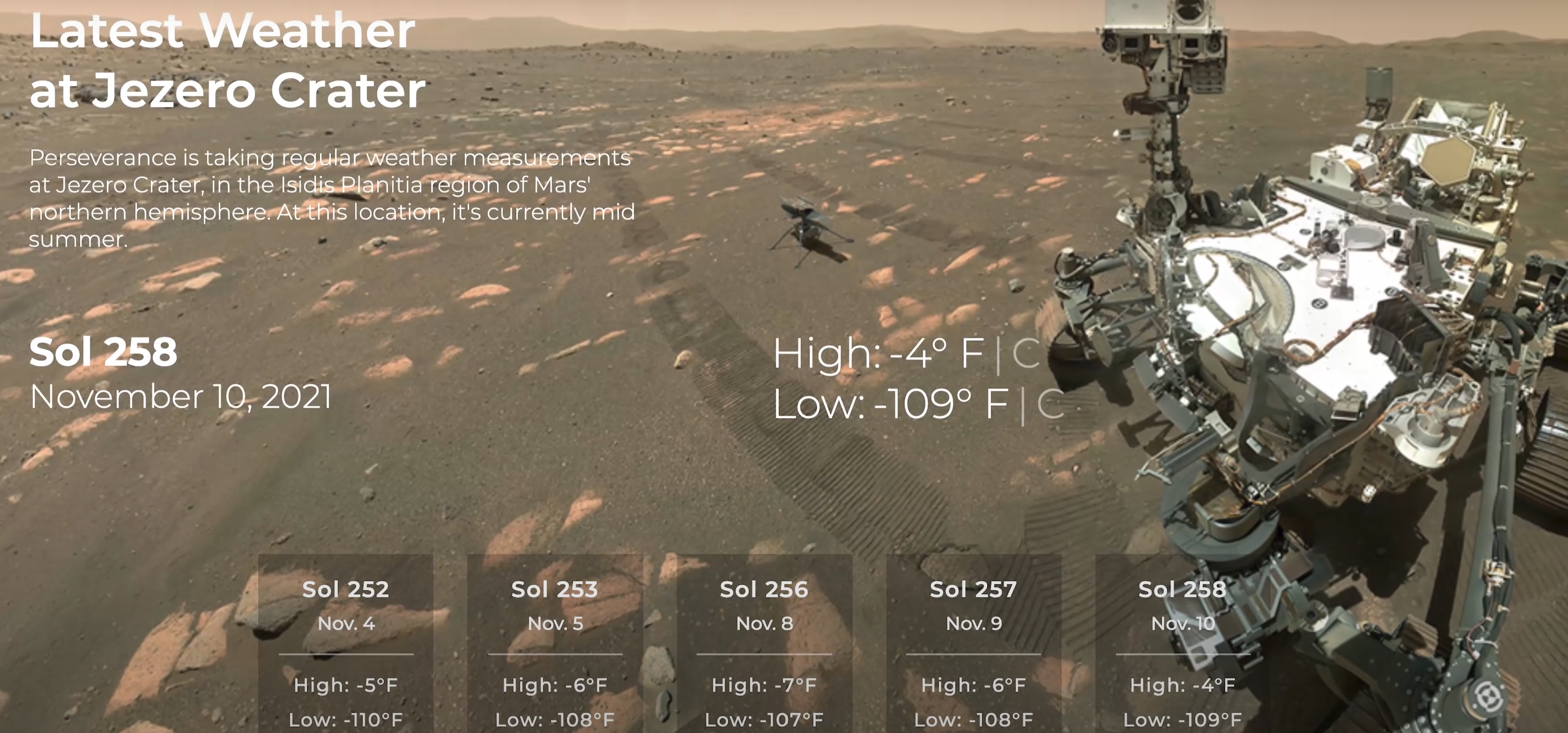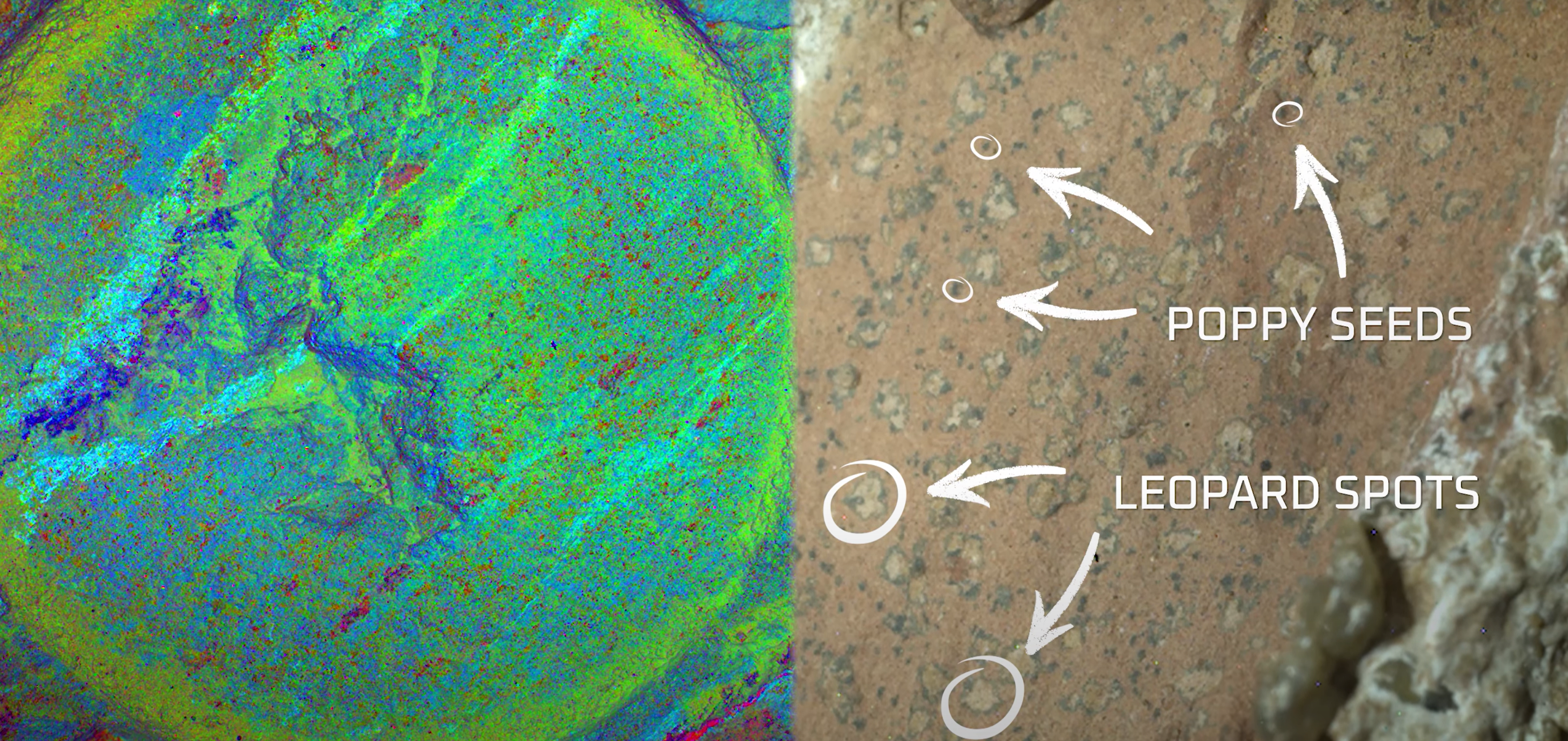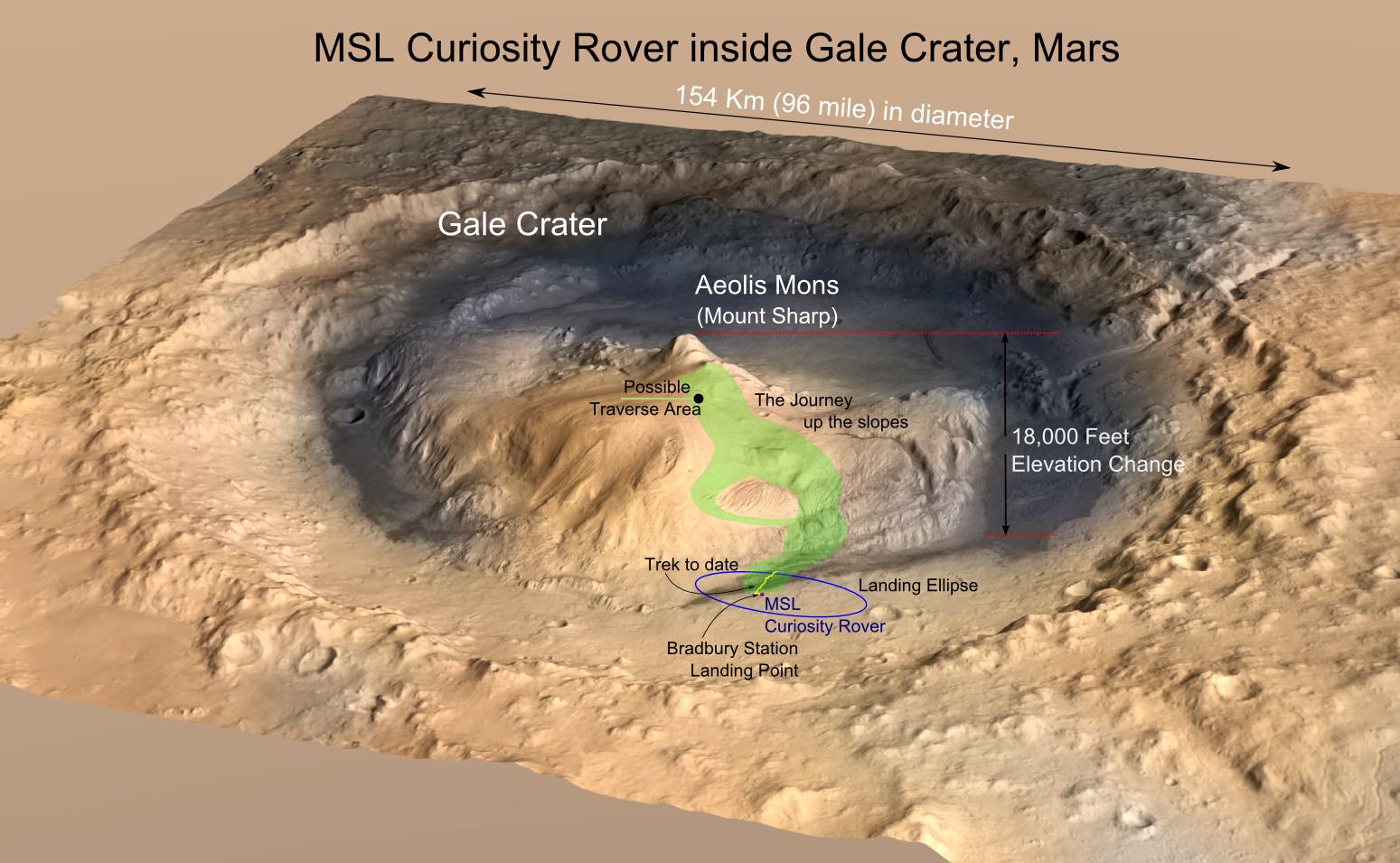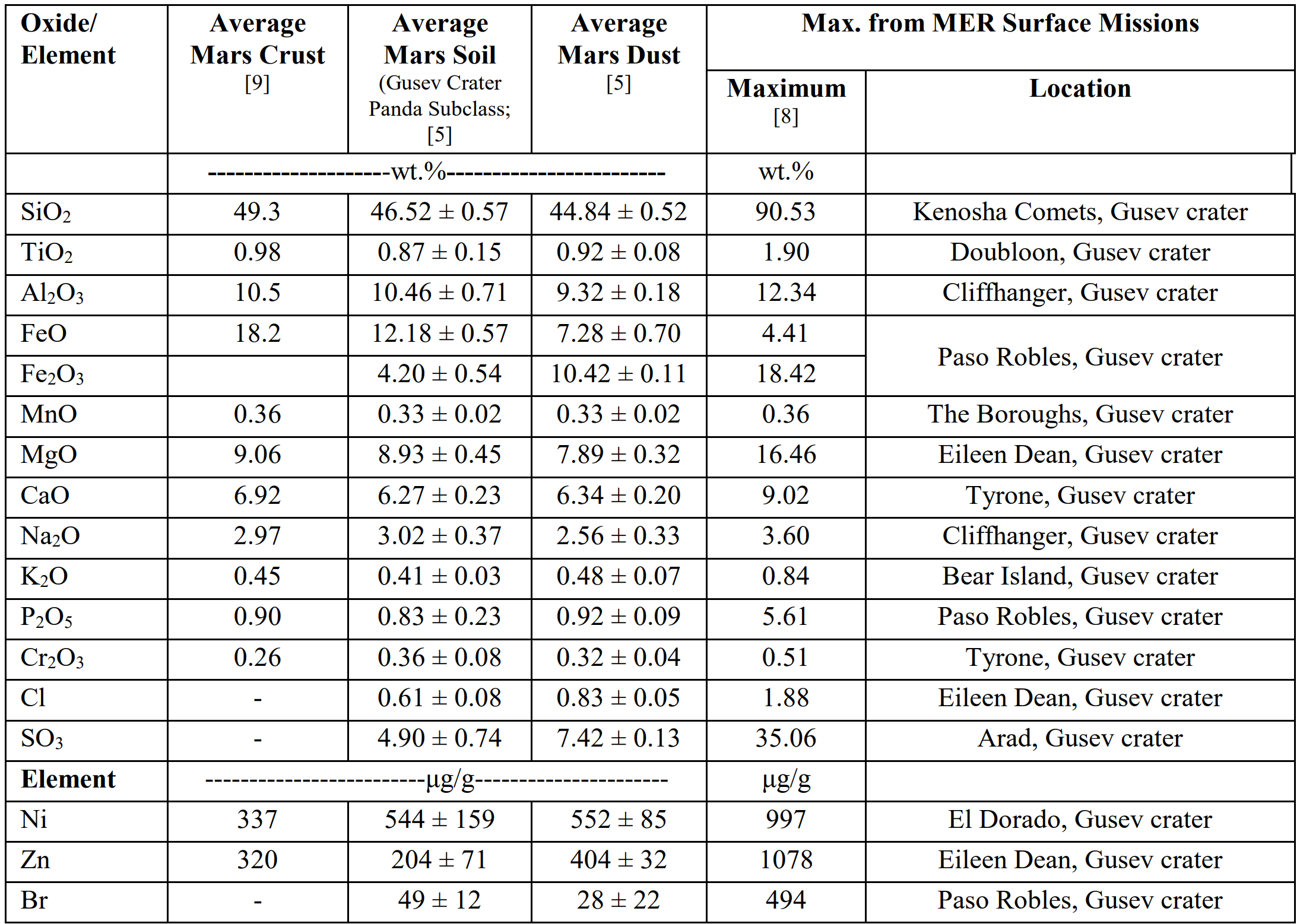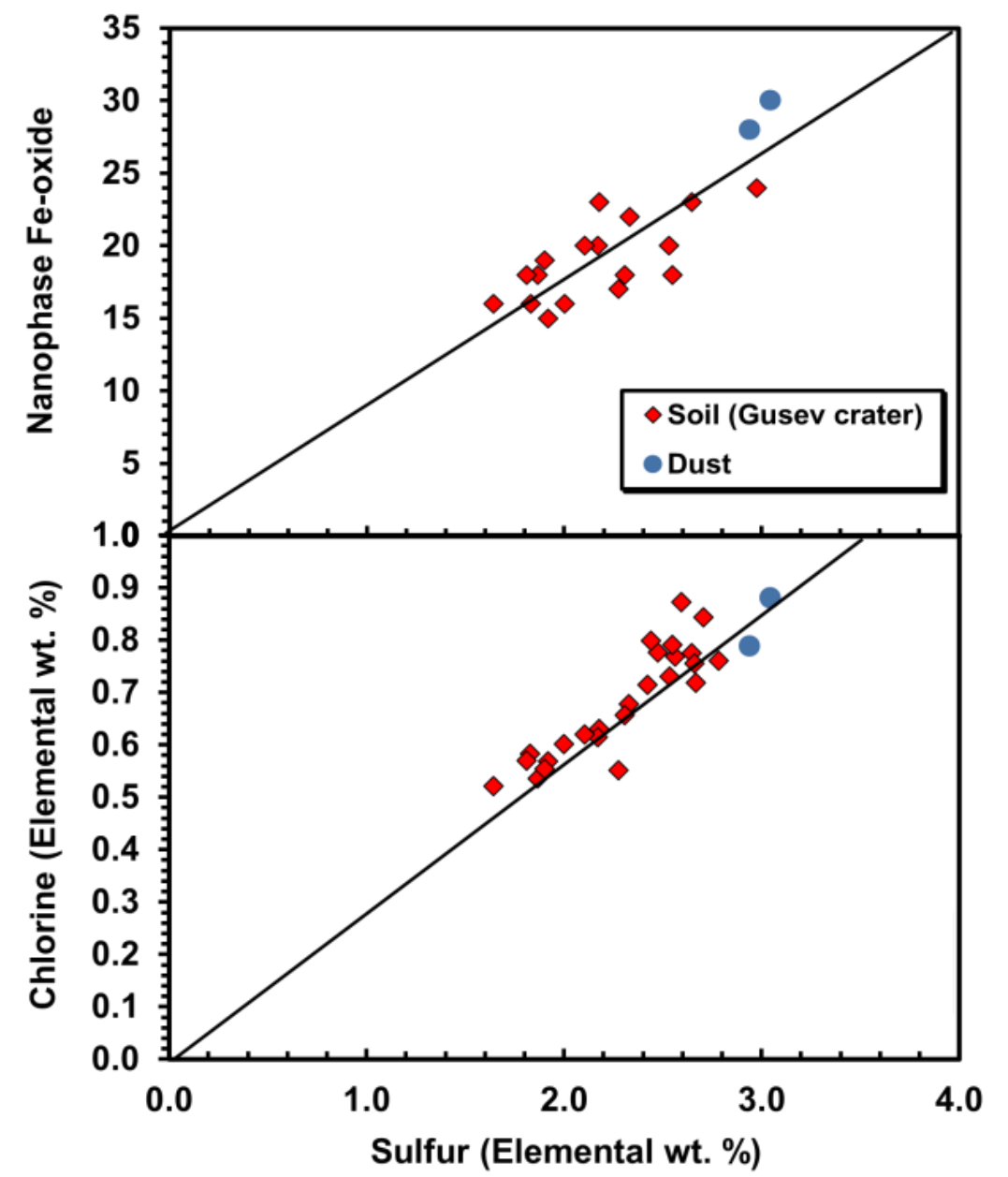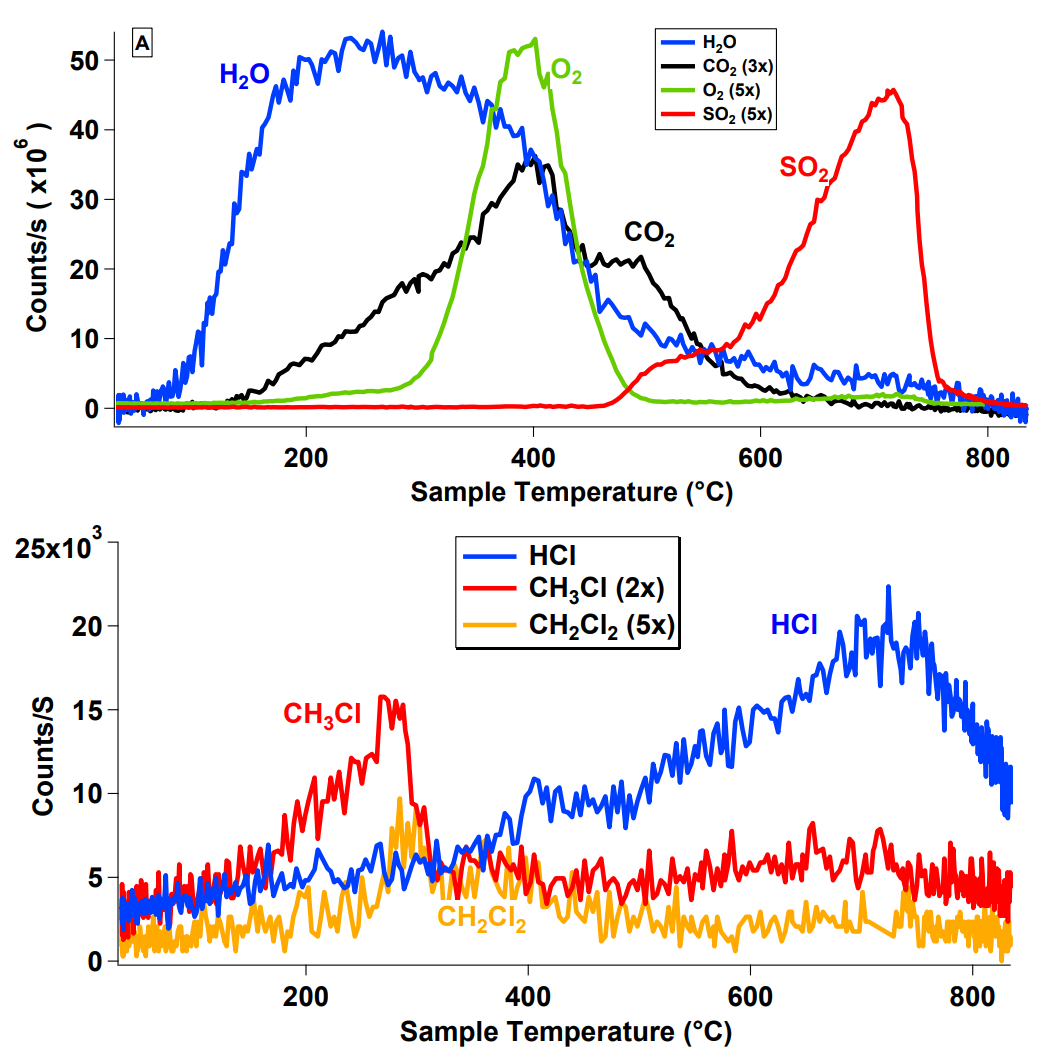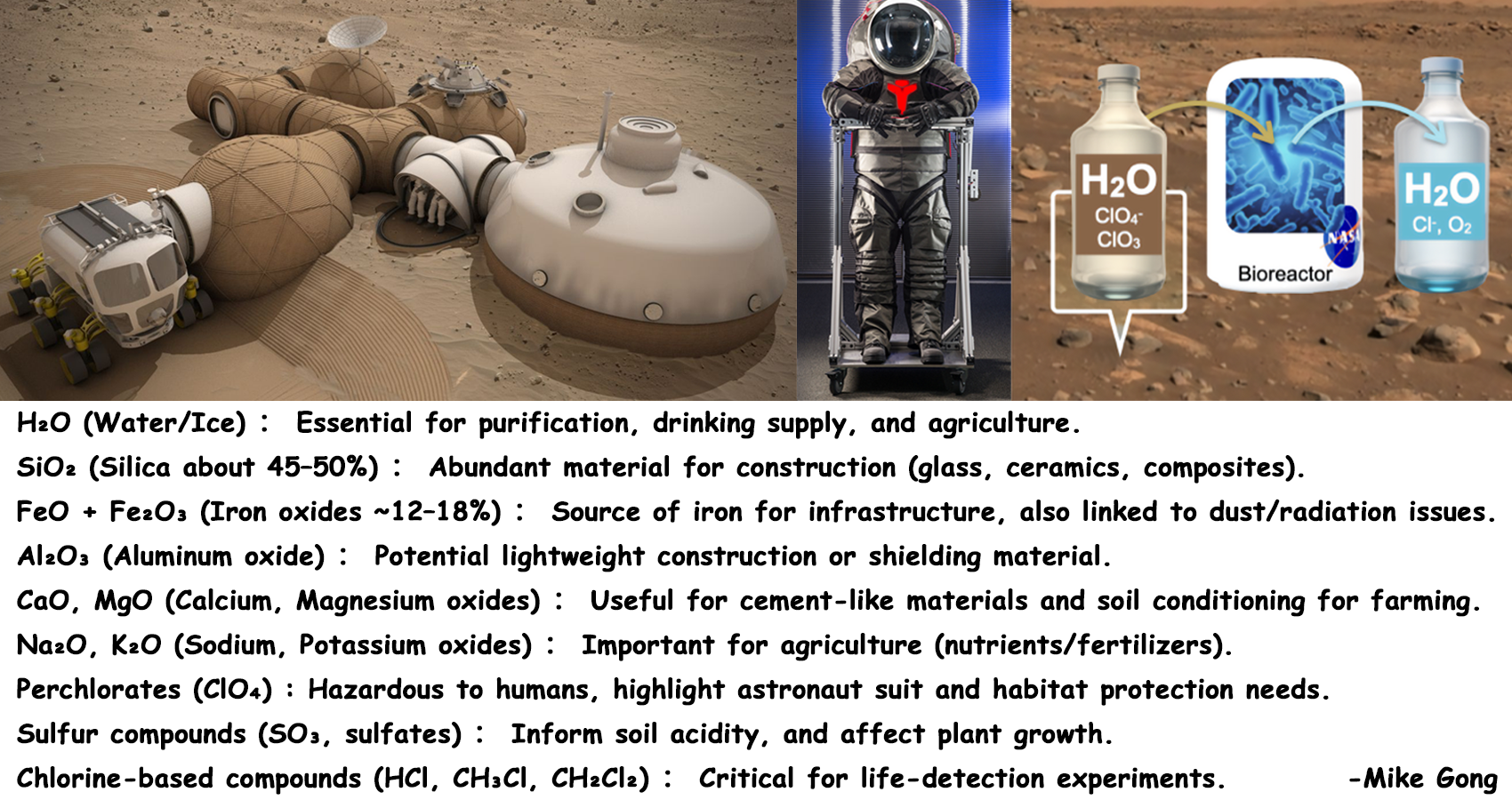Mars Environmental Conditions and Rock Sampling Data for Future Colonization
Objective
To provide insights into Mars' environmental conditions and rock sampling data, helping researchers and Martian enthusiasts evaluate Mars' potential for future colonization missions and prepare for a second Earth to inhabit.
Environmental Conditions on Mars
Mars presents unique challenges and opportunities: Explore Source →
- Temperature: Mars is very cold, averaging about -80°F (-60°C). Daytime near the equator can reach 70°F (20°C), but at night it plummets to -100°F (-73°C) or lower at the poles.
- Atmosphere: Mars has a thin atmosphere of mostly carbon dioxide (95%), with nitrogen (2.85%) and argon (2%).
- Radiation: Mars lacks a magnetosphere, with radiation levels of 24-30 rads (240-300 mSv) per year—about 40-50 times Earths average. High exposure to cosmic and solar radiation due to weak magnetic field.
- Gravity: Mars's gravity is about 38% of Earth's, so 100 pounds on Earth equals only 38 pounds on Mars.
- Surface: The entire surface of Mars is dusty, with few places swept completely bare for long.
- Canyon: This Martian canyon is 200 miles (320 kilometers) at its widest and 4.3 miles (7 kilometers) at its deepest. That's about 10 times the size of Earth's Grand Canyon.
- Water on Mars: Mars experienced huge floods about 3.5 billion years ago. Today, water on Mars is found in the form of water-ice just under the surface in the polar regions as well as in briny (salty) water.
- Mars has a high silica content (SiO₂ about 45-50%), indicating it is dominated by silicate rocks such as basalt, while its iron oxides (FeO + Fe₂O₃ about 12-18%) both explain the planet's red color and provide potential resources for building construction. 2. Nutrients for Agriculture
- Phosphorus (P₂O₅ about 0.8-0.9%) is vital for plants. Mars soil contains phosphorus naturally, a big potential for colonization. 3. Toxic Compounds are a Challenge
- Sulfur compounds (SO₃ about 5-7%, up to 35%) are very high. That could be harmful for humans and plants unless treated.
- H₂O (blue): Released mostly between 200 and 400°C, showing water bound in the soil (hydrated minerals or ice).
- CO₂ (black): Peaks around 400°C, suggesting carbonates or organic material.
- O₂ (green): A sharp release near 300 and 400°C, possibly from perchlorates in Martian soil.
- SO₂ (red): Released above 600°C, showing sulfur compounds present. Bottom Graph: HCl, CH₃Cl, CH₂Cl₂ - These chlorine-based compounds appear at different temperature ranges.
- Mars seems like a promising planet for future human colonization, but it demands preventive architectural design since the planet is extremely cold, exposed to radiation, and covered in dust storm. More importantly, the abundance of solar energy suggests we could design efficient solar panels or solar systems to power vehicles and support daily living conditions.
- NASA's discovery of underground iced water and possible evidence of past micro-life existence illustrates that Mars once had conditions closer to being habitable. This makes me think that filtering or purification system for underground water could be a possible way to support future life on Mars.
- Soil and dust analysis highlights how critical astronaut suit design and habitat hub construction will be for survival. Since some Martian soil could even be used for solid building constructions, I believe that combining material use with water purification and farming systems would push us one step closer to making colonization a reality.
 Weather on Mars: How's the Weather on Mars?
Weather on Mars: How's the Weather on Mars? Mars Facts: Mars Facts
Mars Facts: Mars Facts Soil Analysis: Chemical, Mineralogical, and Physical Properties of Martian Dust and Soil
Soil Analysis: Chemical, Mineralogical, and Physical Properties of Martian Dust and Soil Rock Sampling: Mars Rock Sample
Rock Sampling: Mars Rock Sample Rock Sample 25th: Sapphire Canyon Rock Sample
Rock Sample 25th: Sapphire Canyon Rock Sample
Great Discoveries from Mars Rovers
NASA's Perseverance and Curiosity rovers have collected rock samples providing critical insights into Mars' potential for ancient life:
The 25th Martian sample collected by NASA's Perseverance rover, nicknamed "Sapphire Canyon", was taken from a vein-filled rock called "Cheyava Falls." This arrowhead-shaped rock contains striking features that may help determine whether Mars once supported microscopic life. NASA scientists have also detected organic molecules within it.
Explore Source →Curiosity's findings at Gale Crater show that around 3 billion years ago it contained long-lasting lakes and persistent groundwater, with sediment layers preserving this watery history. Mineral and chemical data indicate these environments were habitable, offering nutrients, organics, and energy sources that could have supported microbes.
Explore Source →Chemical, Minerological, and Physical Properties of Martian Dust and Soil
1. Mars Soil is Chemically Rich but ComplexBuilding Materials and Nutrients: Mars soil is rich in building materials (silica, iron, sulfur) and plant nutrients (Ca, Mg, Na, K, P), which makes it promising for construction and agriculture in future colonies. However, the high levels of sulfur, chlorine, and bromine mean the soil is not safe to use directly and would need treatment before farming or human contact (Chart 1).
Top Graph: Dust has slightly higher nanophase iron oxides and sulfur compared to soil.
Bottom Graph: Again, dust (blue) has higher values than most soils.
Dust Hazards: The figure shows that Martian dust is chemically more concentrated in harmful elements (sulfur, chlorine, and nanophase Fe-oxides) than local soil. This suggests dust is an urgent hazard that spreads everywhere, sticks to equipment, and could be inhaled by astronauts. NASA's article even indicates that this dust will be a major challenge for surface operations, because it can damage electronics, habitats, and pose health threats (Chart 2).
Top Graph:Water Extraction Potential: Water vapor (H₂O) is released mostly between 200-400°C, meaning Martian soil contains bound water in minerals or hydrated salts. This suggests colonists could obtain water by heating the soil, though it requires significant energy.
Furthermore, the presence of water supports the potential for plant growth, human survival, and fuel production (via electrolysis → H₂ + O₂). However, water is released alongside other gases (e.g., perchlorate-related compounds), so purification systems would be necessary. Martian soil does contain water, but extracting it requires high-temperature processing and careful handling of contaminants (Chart 3).
